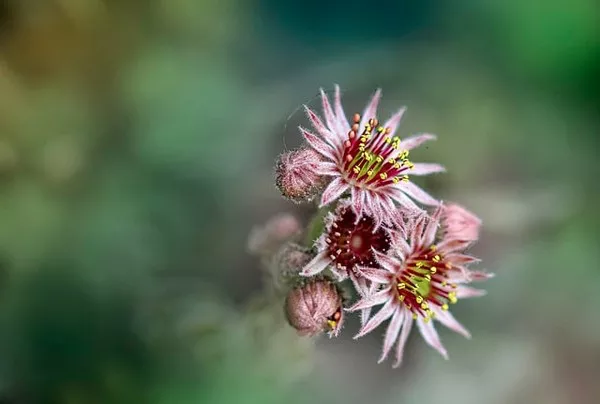Succulents are renowned for their resilience and adaptability, making them a favorite among both seasoned gardeners and beginners. Transplanting succulents is a common practice, whether you’re seeking to refresh their environment, propagate new plants, or simply give them more space to flourish. However, the process of transplanting succulents can be delicate, and without proper care, these hardy plants can still face challenges during the transition. In this comprehensive guide, we will take you through the essential steps to ensure a successful and healthy succulent transplant.
Choose the Right Time
Timing is crucial when it comes to transplanting succulents. The best time for transplanting is during the active growth period, which typically falls in the spring or early summer. During this period, succulents are actively taking up water and nutrients, making them better equipped to recover from the stress of transplantation.
Prepare the Necessary Materials
Before starting the transplanting process, gather all the materials you’ll need:
- a. Succulent(s) to transplant
- b. A new container or pot with drainage holes
- c. Well-draining succulent soil mix
- d. Trowel or a tool for digging
- e. Gloves (to protect your hands from spines or thorns)
- f. Watering can or spray bottle
- g. Optional: decorative rocks or top dressing
Choose the Right Container
Selecting the right container for your succulent is crucial. Ensure that it has proper drainage holes to prevent waterlogging, which can be detrimental to succulents. Additionally, choose a container that is slightly larger than the current one, providing enough room for the plant to grow.
Prepare the New Container
Before placing your succulent in the new container, fill it with a well-draining succulent soil mix. This mix should consist of equal parts of potting soil and perlite or coarse sand to promote excellent drainage. Leave some space at the top of the container to accommodate the plant’s roots.
Gently Remove the Succulent
To safely remove the succulent from its current container, follow these steps:
a. Water the succulent a few days before transplanting to make the soil less compact and easier to work with.
b. Wearing gloves, gently squeeze the sides of the current pot to loosen the soil.
c. Carefully tilt the pot and slide the succulent out, holding it by the base of the plant. Avoid pulling on the stems or leaves, as they can break easily.
d. If the succulent is firmly rooted, use a trowel or blunt tool to loosen the soil around the edges.
Inspect and Trim
Examine the succulent’s roots for any signs of rot or damage. Healthy roots should be firm and white. If you notice any dark or mushy roots, trim them with clean, sharp scissors or pruning shears. Be sure to allow the cut ends to dry for a day before replanting.
Plant the Succulent
Now that you’ve prepared the new container and inspected the succulent, it’s time to plant it:
a. Create a small hole in the center of the new container’s soil mix using your finger or a stick.
b. Gently place the succulent into the hole, ensuring that it’s positioned at the same depth as it was in the previous container. The roots should be spread out naturally.
c. Fill the space around the succulent with the soil mix, gently tamping it down to secure the plant.
d. Water the newly transplanted succulent lightly to settle the soil. Avoid overwatering at this stage, as succulents are prone to rot if the soil remains too wet.
Allow for Adequate Recovery Time
After transplanting, it’s essential to give your succulent time to adjust to its new environment. Place it in a bright, indirect light location for a few weeks, gradually introducing it to more direct sunlight. Avoid placing it in scorching, full sun immediately after transplanting.
Watering
Proper watering is key to succulent care. After the initial watering to settle the soil, allow the top inch or so of the soil to dry out before watering again. Remember that succulents are adapted to drought conditions and can handle periods of dryness. Overwatering is a common cause of succulent problems, so err on the side of caution.
Optional: Add Decorative Rocks or Top Dressing
To enhance the aesthetic appeal and provide an additional layer of protection for the soil, consider adding decorative rocks or top dressing to your potted succulent. This layer helps retain moisture and prevents soil erosion.
Conclusion
Transplanting succulents may seem like a straightforward task, but following the proper steps and taking care to minimize stress on the plant is essential for ensuring a successful transition. With the right timing, materials, and techniques, you can transplant your succulents with confidence, promoting their health and vitality in their new home. Remember that patience and proper care are key to maintaining these resilient and charming plants in your garden or indoor space.


